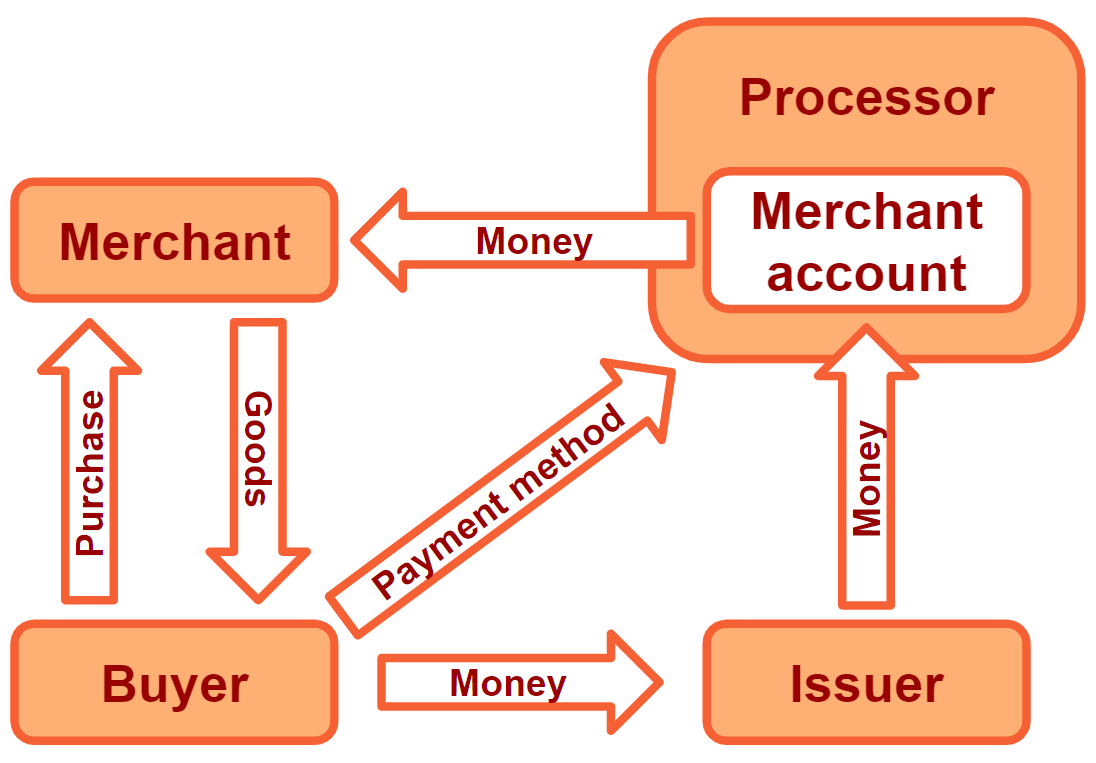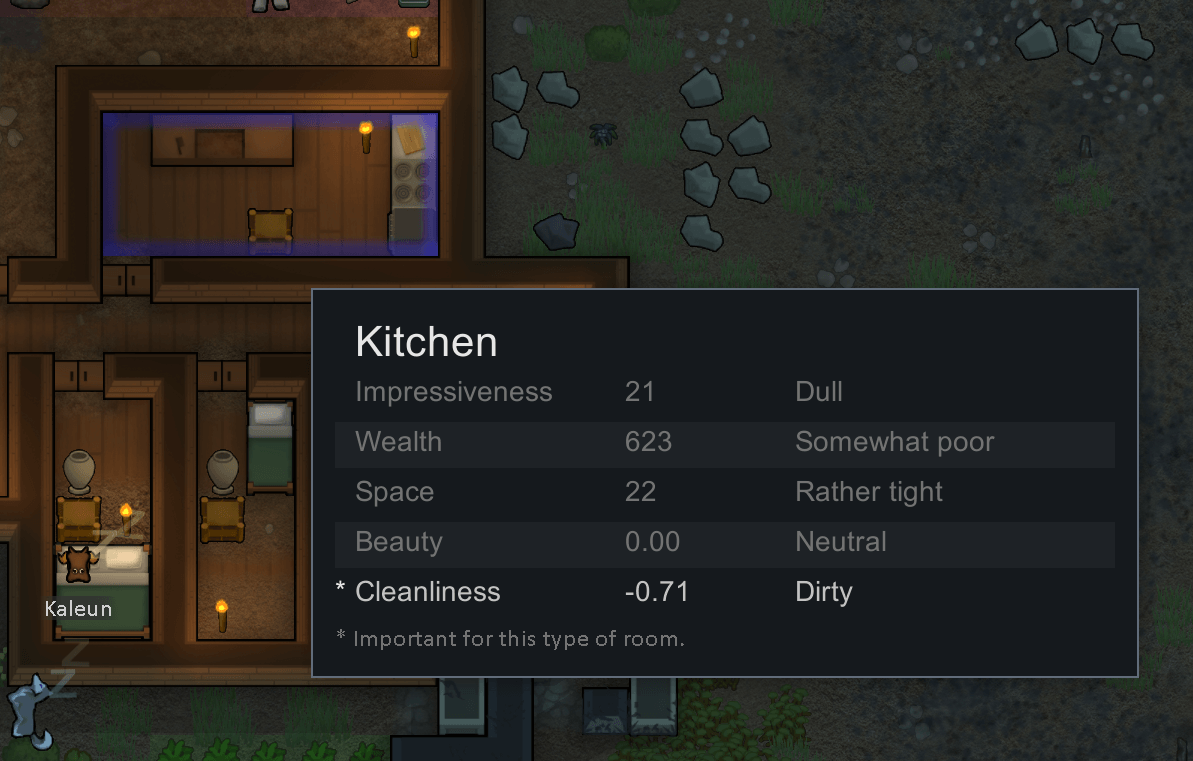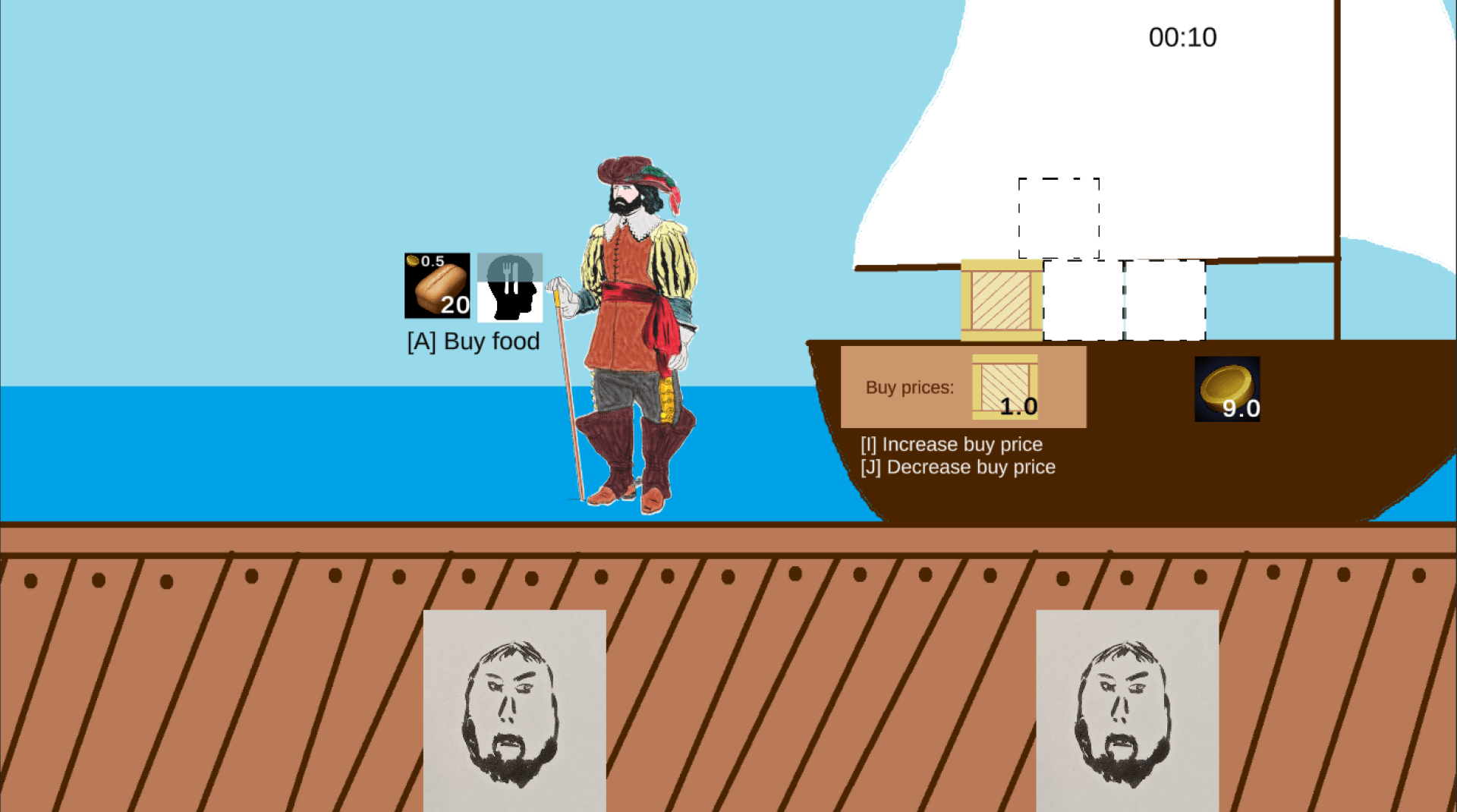How I Accelerated My Game Development by 30x Using AI
Introduction
What is Space Clicker?
Space Clicker is an incremental idle game with a strategic twist. Players click on a grid of ground cells to collect money, buy automation tools called clickers, and upgrade them to generate even more money. Unlike traditional clicker games, Space Clicker has a spatial dimension where players strategically position clickers on a grid filled with resources, adding depth and strategy to gameplay.
How Much Faster Did AI Make Me?
With several years of experience creating games in Unity, I have actively shared my projects on platforms like itch.io and participated in numerous game jams. My strong background in programming and my professional role as a product manager have given me a solid foundation. Integrating AI tools into my workflow has significantly enhanced my productivity, enabling me to complete tasks that previously required about three months in just 3-5 days.
My Tools
- Cursor Pro for AI coding
- Unity 6
- Windows 11 PC
Do You Need Coding Experience to Use AI?
Short Answer: Yes.
Long Answer: While AI significantly boosts productivity, you must have some coding experience to effectively guide the AI, debug issues, and expand on generated code. Although I have programming knowledge, I'm not a professional developer and rarely write production-level code myself. Any AI produces code far superior to mine. But my knowledge allows me to understand its logic and judge different alternatives and analyze issues. You should expect AI to handle about 99.9% of the coding, but you'll need to manage and oversee the process.
My AI-Powered Game Development Workflow
Provide Clear Context
The most critical aspect of using AI effectively is giving it ample context. Clearly defining your goals and conditions helps AI understand precisely what you need. When in doubt, add more context.
AI-Feeding-AI: Maximizing Productivity and Accuracy
A crucial element of my workflow involves leveraging AI to guide itself—a method I call "AI-feeding-AI." Instead of manually crafting every prompt or instruction, I provide the AI with broad, strategic objectives and allow it to generate initial plans and outlines. I then refine these outputs through targeted clarifying questions and feedback. This iterative, conversational approach creates a productive feedback loop, where each AI-generated step informs the next, minimizing manual intervention and maximizing efficiency. By empowering AI to self-direct with thoughtful oversight, I've optimized the creative and technical development process dramatically.
Step 1: Brainstorm and Plan
The first essential step is to use AI to plan your features' high-level architecture. Imagine mentoring someone—give the AI high-level goals, let it suggest solutions, and then guide it through clarifying questions.
Example Prompts for AI Planning:
Some real prompts I used:
I want the player to be able to add ‘clickers’ which will be independent objects that have a clickshape, a grid coord, and a click interval.
once placed, they will apply a click with their clickshape on their location.
For now, the player add them if the shift tab is pressed while clicking, but later this will change to another condition.
Create a plan for these changes.
DO NOT WRITE CODE
Or:
I want to configure a clicker type with 3 sprites: base, up, down
When the clicker is not clicking, it should show the base sprite on
every grid cell of the grid shape. when clicking, it should use the up and down sprints to create a short animation representing the click operation. plan this feature
Or:
Let’s start planning adding a tech-tree to the game.
Considerations:
A graph of techs that are dependent on each other
A tech can change a parameter of other objects, like: increase clicker speed, increase
clicker money collection, descrease prices, etc.
Once a tech is added it is permanent and affects from now on, the only way to
‘contradict’ is with another tech that has the opposite effect
Several techs might affect the same parametes
A tech might affect specific object types, like clicker types
Some techs might enable a new feature, like moving the camera
When saving and loading, make sure techs dont affect twice
At this stage, avoid detailed coding instructions; focus on overall strategy and clarification, until you are happy with the overall plan. Before moving to the next step, ask the AI to document the high-level plan in markdown format, especially if you're working on a large feature. This will make it easier to include in future chats, and in the current chat as it gets longer. AI agents are better at retrieving context from files than from the chat history, and markdown is a preferred format.
Step 2: Break Down the Task
Ask the AI to break the chosen plan into detailed, manageable tasks. A useful prompt might be:
Create a detailed task list for implementing [chosen feature]. Imagine you're a senior developer mentoring a junior developer. Do not write code yet.
The senior mentoring junior piece is great advice I found on How I AI podcast. The brilliant thing about it is that it makes the AI very verbose and detailed, which is the exact thing that makes inputs for AI great! Now, examine the plan, and ask clarifying questions as needed. Also, think if it has too many dependencies. You don't want the AI to write 4,000 lines of code before you can test anything. If needed, ask it to break it down into more testable stages. Here again, ask for a markdown file.
Step 3: Execute Small Steps
Begin implementing the plan in small increments. Provide the AI with existing code and relevant context (ideally in Markdown files for clarity). Start small, verify each step, and progressively build complexity.
While AI generates code, take a break—this is the "vibe coding" experience.
When the AI finished wrting code, it will probably give you a summery of the things it did, together is instructions on how to test it. Since we are in the game dev context, you might need to complete some setup in Unity (or another game engine). The AI will probably give you a list of steps how to do that. Yop can ask if it didn't. Don't let AI crate Unity prefabs: from my experience, doing it creates compliation issues when unity tries to assign IDs to prefab files created outside the editor. I case this happens, delete them and ask the AI instruction on how to create the prefab, if you are not sure. If everything is OK, ask the AI to continue to the next phase.
When there are bugs
There will be bugs. Some will be compliation errors, some in game errors, and some just plain bugs when the code doesn't so what it should. Compliation errors: you can either copy them into the chat and ask to fix them, of fix your self if you like. In game errors and warnings: same here, copy or fix youself. Just bugs: explain the AI what you do in the game, what you expect, and what actually happens. You can paste screenshots to most AI tools, and this will help you, or actually your AI agent, a lot.
When the AI goes crazy
This happens quite a lot. The AI starts with something that makes sense but introduces a small bug. You ask to fix it, the AI adds 2,500 new lines of code and imports 2 packages. But nothing changes. And this happens again and again until to only thing that makes sense is to delete everything. I have to say I get the impression it happens less that it did 3-4 months ago, and with dedicated tools like cursor even less. But it will happen to you. So, what should you do?
Comit to Git often
You must work with Git or some other version control. Even if you manage to do without until now, when vibe coding, there is no way around that. When to commit? Remeber the saying 'commits are cheap' and commit often. However, unlike human developers who code a few dozens of lines, do a quick sanity and commit - AI can generate hundreds or thusands of lines at once. Therefore, commit when you know what's working and what's not. If 70% of the feature works, commit. If 30% of it works, commit. Becuase AI tends to get into spinning and go crazy, it is extremely important that you have a clear point to revet to, even if it's not working properly. The important thing is that when reverting, YOU know what is working and what isn't and can guide the AI.
Ask to stop and think
Surprisingly (or not), AI might find a solution if you ask it to stop and think. Use very literal instructions like
Try to think why this is happening. DO NOT WRITE ANY CODE
Or
Can there be a simpler reason? Think and do not try to fix
Believe it or not, sometimes it works like magic.
Revert and start over
Sometimes there is no way around that. Revert or stash changes, and ask the AI to start again. It's not 100% deterministic, so it might just do better the second time.
Wrap up and feed the AI again
When you're done with a feature, or with a major phase of a large feature, ask the AI to document it in a markdown file, if it didn't do it by itself. This will help it with future tasks as the AI analyzes text documents faster than code.
Share if you think it's good

Don't miss a thing
We promise to only send you the good stuff. No spam.

